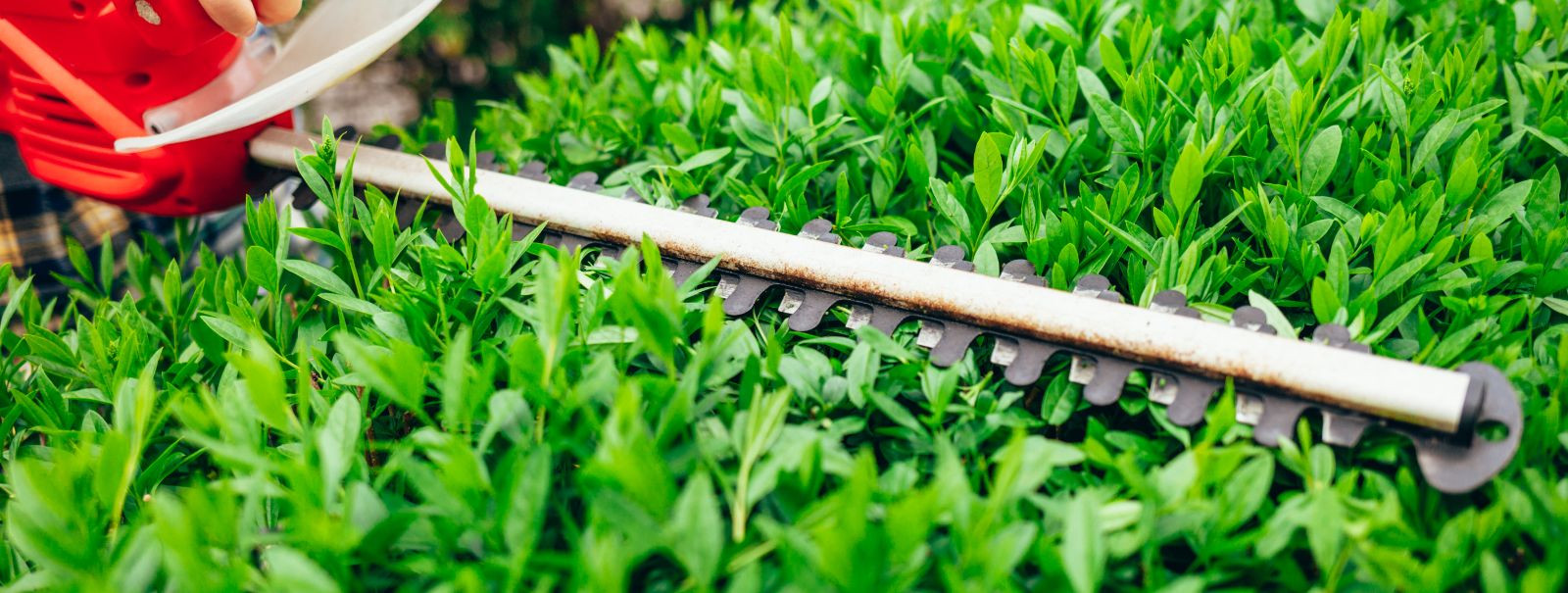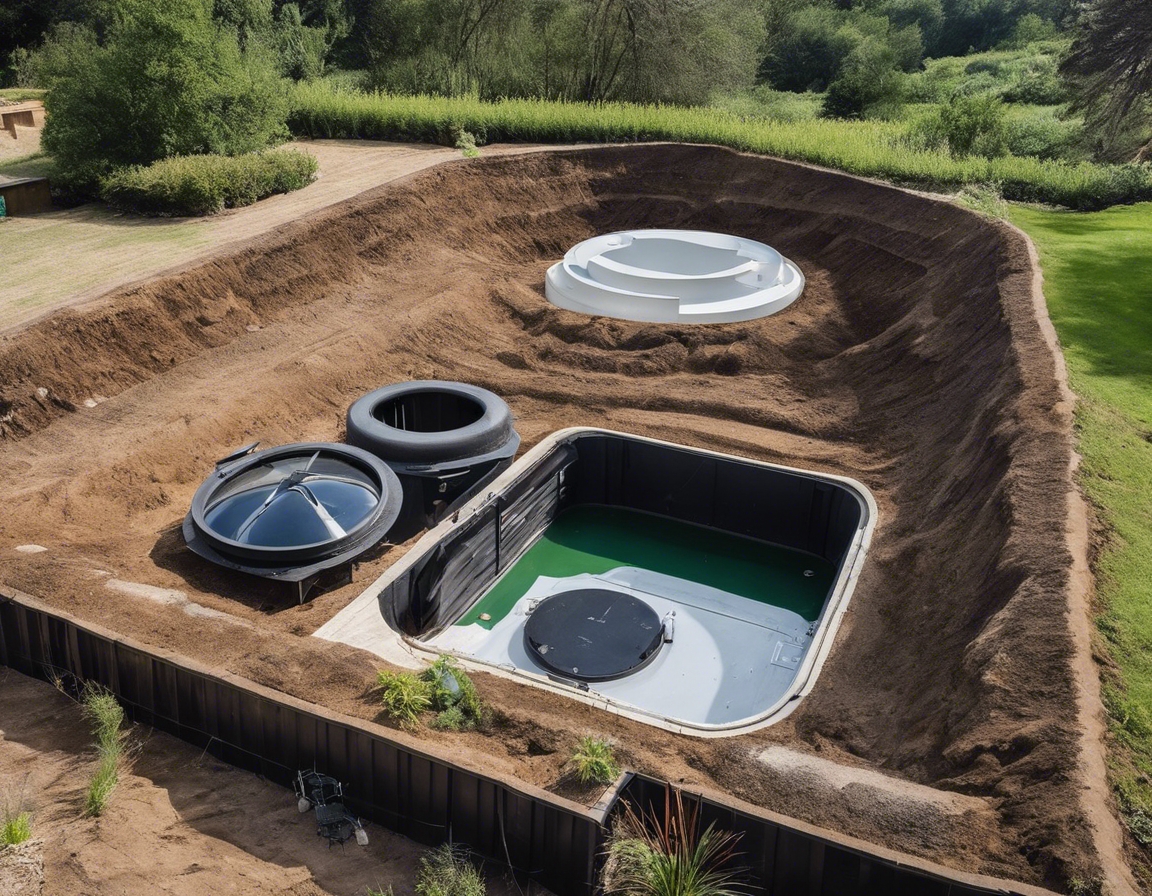Seasonal shrub cutting: best practices for a lush garden
Seasonal shrub cutting is a critical component of garden maintenance that ensures the health and beauty of your outdoor space. It involves the selective removal of parts of a plant to improve its shape, promote growth, and maintain its overall health. This practice not only enhances the aesthetic appeal of your garden but also prevents disease and encourages the production of flowers and fruits.
Regular pruning helps to control the size and shape of your shrubs, removes dead or diseased wood, and stimulates new growth. It's essential for the longevity of your plants and the overall look of your garden.
Well-maintained shrubs can transform a garden from average to stunning. Strategic cutting can create a lush, full garden that serves as a testament to your property's curb appeal and your commitment to an outdoor sanctuary.
Identifying the Right Time for Shrub Cutting
Spring is a time for new beginnings, making it the perfect season for pruning most shrubs. Cutting back overwintered plants encourages robust new growth and helps to shape the garden for the coming year.
Summer pruning is typically lighter and focuses on maintaining shape and controlling size. It's also the time to deadhead flowering shrubs to encourage more blooms.
As the growing season winds down, autumn pruning prepares plants for dormancy. It's a time to remove any dead or diseased wood and to thin out the shrubs to ensure healthy air circulation.
While most pruning is done in the warmer months, some shrubs benefit from winter pruning when they are fully dormant. This can prevent disease and allow for a strong start in the spring.
Best Practices for Shrub Cutting
Using the right tools is essential for effective pruning. Sharp, clean shears and loppers make precise cuts that heal quickly and prevent disease.
Understanding the correct techniques, such as cutting at the right angle and position, is crucial for the health of your shrubs. It's important to make cuts that encourage proper growth and avoid damage to the plant.
Each shrub species has its own set of requirements for optimal growth. Knowing when and how much to prune is key to maintaining a healthy garden.
Regular inspection and maintenance of your shrubs can prevent many common issues. Proper cutting techniques help to ensure that your shrubs remain vibrant and healthy.
Common Mistakes to Avoid in Shrub Cutting
While pruning is beneficial, too much can harm the plant. It's important to understand the limits of how much you can cut without stressing the shrub.
Pruning at the wrong time of year can lead to poor growth or even plant death. Timing your pruning correctly is vital for the well-being of your garden.
Dull or dirty tools can damage plants and introduce disease. Regularly cleaning and sharpening your tools is a must for any gardener.
Yellowing leaves, lack of growth, and dead wood can all indicate that your shrubs require immediate attention. Early detection and proper cutting can save a plant from decline.
Professional Shrub Cutting Services
For those who lack the time or expertise, professional shrub cutting services offer a convenient solution. Experts like NOVAGREEN OÜ can ensure that your garden is pruned correctly and remains in peak condition.
At NOVAGREEN OÜ, we understand the nuances of seasonal shrub cutting. Our team of skilled professionals is equipped to handle all your garden maintenance needs, ensuring that your outdoor space is a lush, vibrant extension of your home or business.








Comments (0)